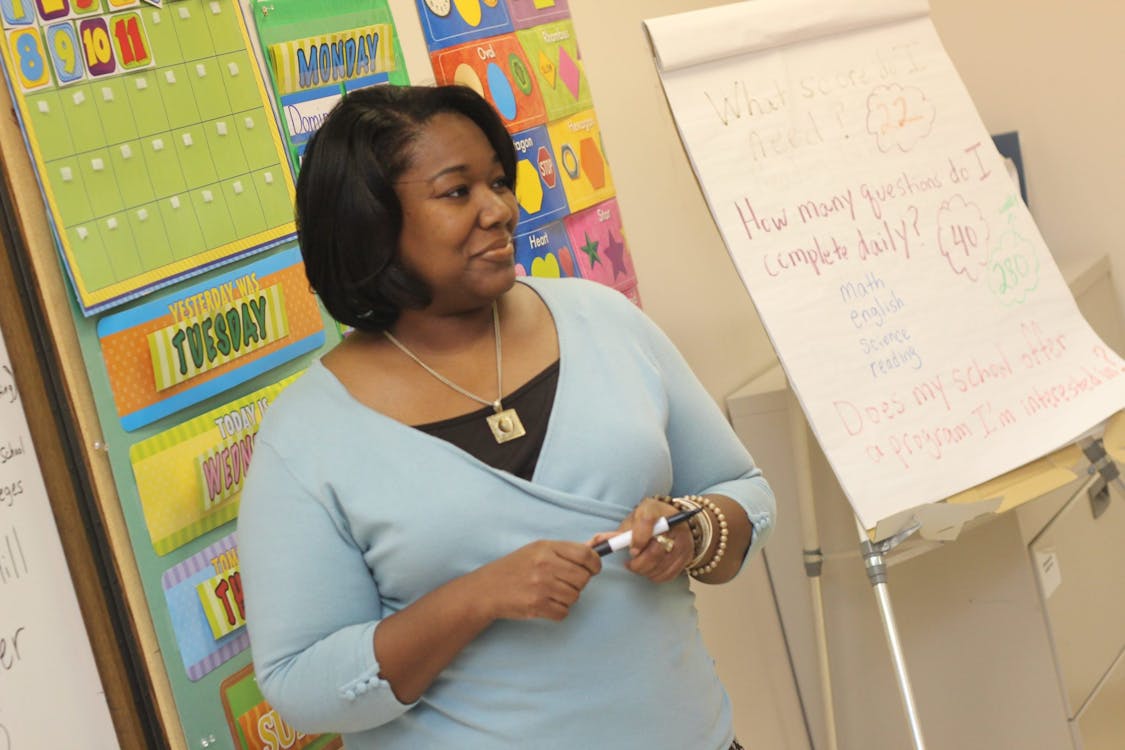Introduction
The physical facilities and learning environment play a crucial role in shaping the educational experience of students at any institution, whether local or abroad. These elements encompass a wide range of factors, from campus infrastructure and resources to the overall atmosphere conducive to learning. Here, we delve into these aspects in detail to understand their significance in supporting student success and academic excellence.
1. Campus Infrastructure: The physical facilities of a university or educational institution abroad often reflect its commitment to providing a conducive learning environment. Modern campuses typically include state-of-the-art buildings equipped with classrooms, laboratories, libraries, and recreational spaces. These facilities are designed not only to meet academic needs but also to foster creativity, collaboration, and personal growth among students.
2. Classroom Facilities: Classrooms abroad are typically well-equipped with multimedia tools, interactive whiteboards, and internet connectivity, facilitating dynamic and engaging teaching methods. The seating arrangements often promote interaction and discussion, encouraging active participation and critical thinking among students. Some classrooms may also incorporate flexible seating arrangements to accommodate different learning styles and group activities.
3. Laboratories and Research Facilities: For students pursuing science, engineering, or medical disciplines, access to well-equipped laboratories and research facilities is essential. Abroad, institutions often invest in cutting-edge equipment and technologies to support hands-on learning and scientific exploration. These facilities not only enhance practical skills but also enable students to participate in groundbreaking research projects under the guidance of experienced faculty members.
4. Libraries and Information Resources: Libraries abroad are more than just repositories of books; they are hubs of knowledge and information. These spaces provide access to extensive collections of academic journals, digital databases, and specialized resources that support research and scholarly activities. Many libraries also offer quiet study areas, group study rooms, and expert librarians who assist students in navigating complex information landscapes.
5. Technological Integration: In today's digital age, technological integration is a cornerstone of the learning environment abroad. Universities often provide robust IT infrastructure, including campus-wide Wi-Fi, computer labs, and online learning platforms. These technologies facilitate blended learning approaches, where students can access course materials, participate in virtual discussions, and collaborate on projects regardless of their physical location.
6. Student Support Services: A supportive learning environment abroad extends beyond physical facilities to encompass comprehensive student support services. These may include academic advising, counseling services, career development programs, and health services. Such support systems are designed to address the diverse needs of students, ensuring they receive guidance and assistance throughout their academic journey.
7. Cultural and Recreational Facilities: Studying abroad offers opportunities for cultural enrichment and personal development beyond the classroom. Many institutions host cultural events, international festivals, and student clubs that celebrate diversity and promote cross-cultural understanding. Recreational facilities such as sports complexes, fitness centers, and outdoor spaces encourage physical well-being and social interaction among students from different backgrounds.
8. Residential Accommodations: For students living on campus or in university-managed accommodations abroad, the quality of residential facilities is crucial. These may include dormitories, apartments, or homestays that offer comfortable living arrangements, access to amenities, and opportunities for socialization with peers. Residential life often contributes to the overall student experience by fostering a sense of community and belonging.
9. Accessibility and Inclusivity: Ensuring accessibility and inclusivity in the learning environment abroad is essential to accommodate students with diverse needs and backgrounds. Universities may implement measures such as ramps, elevators, accessible parking, and support services for students with disabilities. Moreover, inclusive policies and initiatives promote a welcoming atmosphere where all students can thrive academically and socially.
10. Safety and Security Measures: Maintaining a safe and secure learning environment is paramount for students studying abroad. Institutions prioritize campus security through measures such as surveillance systems, emergency protocols, and 24/7 security personnel. Safety orientations and resources also educate students about local laws, emergency contacts, and precautions to ensure their well-being both on and off campus.
In conclusion, the physical facilities and learning environment abroad play a pivotal role in shaping the educational experience and overall well-being of students. By investing in modern infrastructure, technological resources, student support services, and cultural amenities, universities create an environment conducive to academic success, personal growth, and global citizenship. These facilities not only support learning and research but also foster a vibrant community where students from around the world can learn, collaborate, and thrive together.


